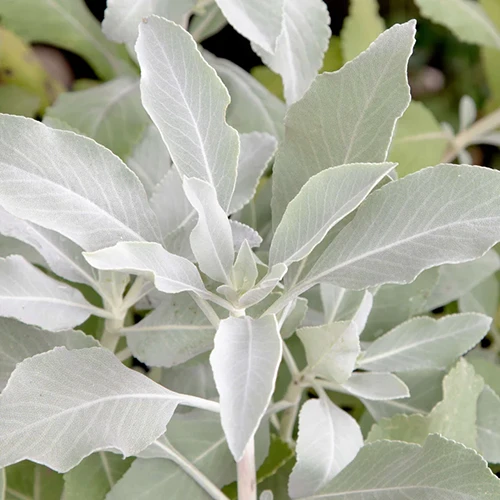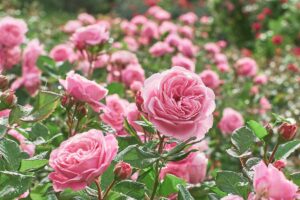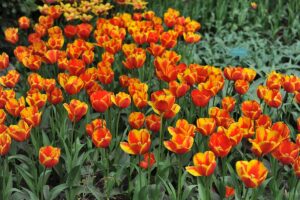Salvia apiana
I find much of my garden design inspiration in the natural beauty of the chaparral ecosystem that once flourished in my area.
By planting native species like white sage, I am doing my part to support the regeneration of the local ecosystem.
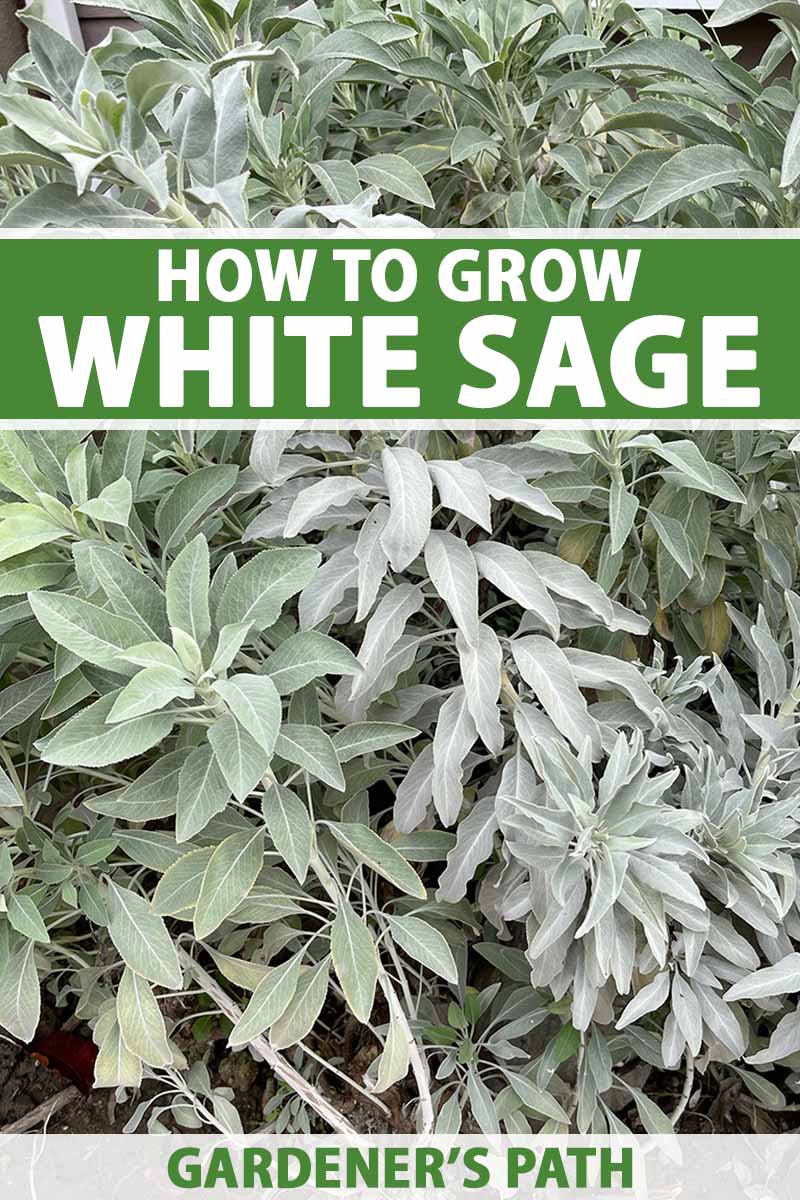
We link to vendors to help you find relevant products. If you buy from one of our links, we may earn a commission.
This highly scented Salvia is a woody perennial from the mint family that thrives alongside other drought-tolerant native shrubs most commonly found within chaparral and coastal sage scrub plant communities.
Experiencing how these plants work together in arid climates to create a harmonious and sustainable environment is impressive.
Unfortunately, the new age market has increased demand for white sage, resulting in the exploitation of wild stands that are poached for profit.
To ensure access to this herb for Indigenous cultural use and to address its habitat loss, supporting its protection in the wild and its regeneration is crucial.
What better way to support this at-risk native plant than by growing it in our gardens, and sharing resources to help and inspire others to cultivate Salvia apiana?
In this guide, we’ll cover white sage’s background, its current conservation status, and how to grow your own.
What You’ll Learn
Cultivation and History
Southern California is home to several Salvia species, but the stunning one with easy to distinguish, silvery, smooth foliage is known as white sage.
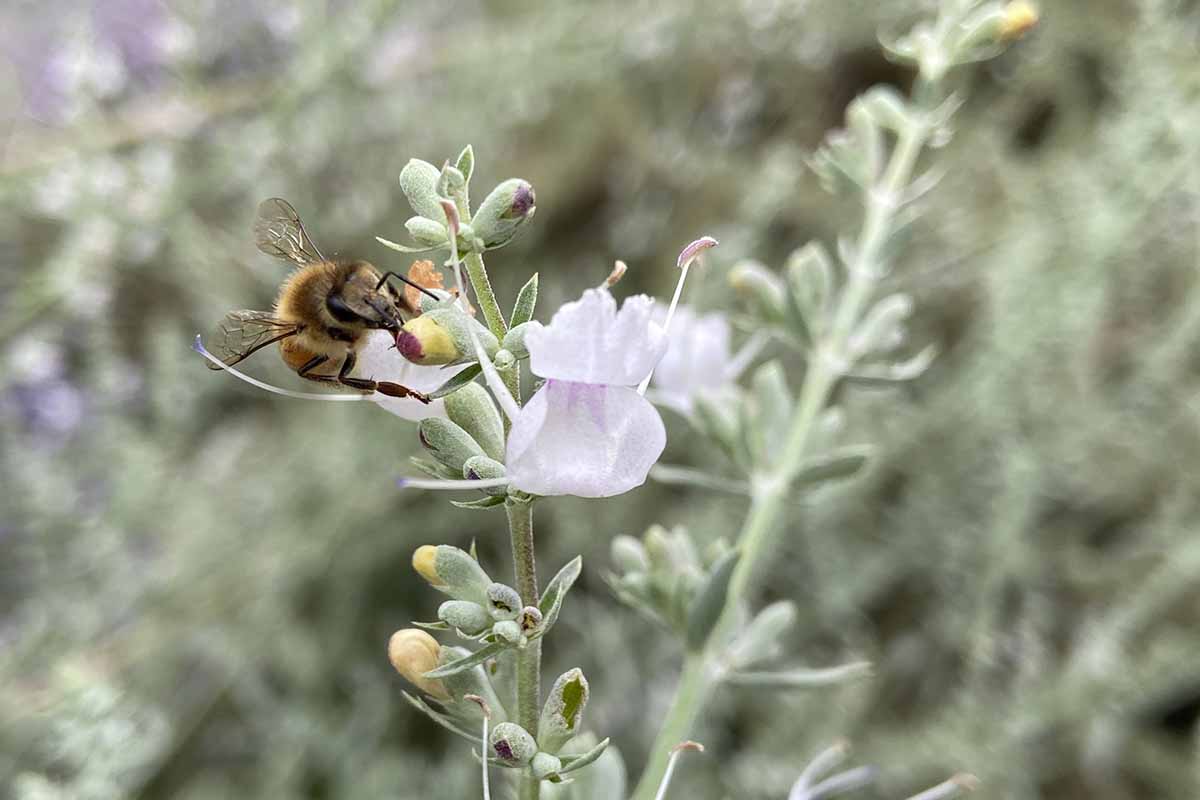
During late spring to early summer, the plant sends up tall flower stalks that are covered with tiny white flowers.
Sometimes the petals have purple dots, giving the blooms a light lavender appearance. By early fall, the flower heads die back and develop seeds.
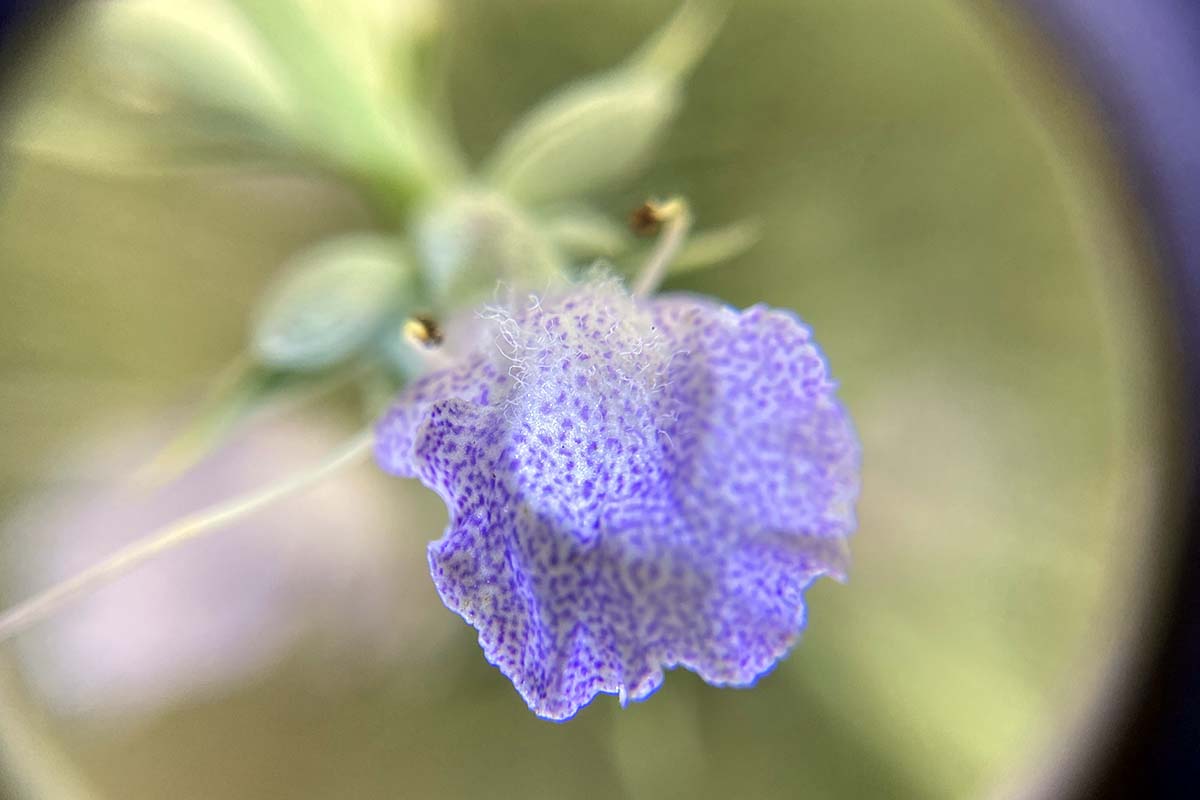
Various pollinators enjoy this native plant that can easily be grown in USDA Hardiness Zones 8 to 11.
Bumblebees, carpenter bees, and other types of bees, as well as hummingbirds, enjoy the flowers while other types of small birds like finches and quail forage on the seed.
Stunning moths like the white-lined sphinx, Hyles lineata, benefit from the presence of this sage. The plant species is host to at least nine species of butterflies and moths, and their larvae.
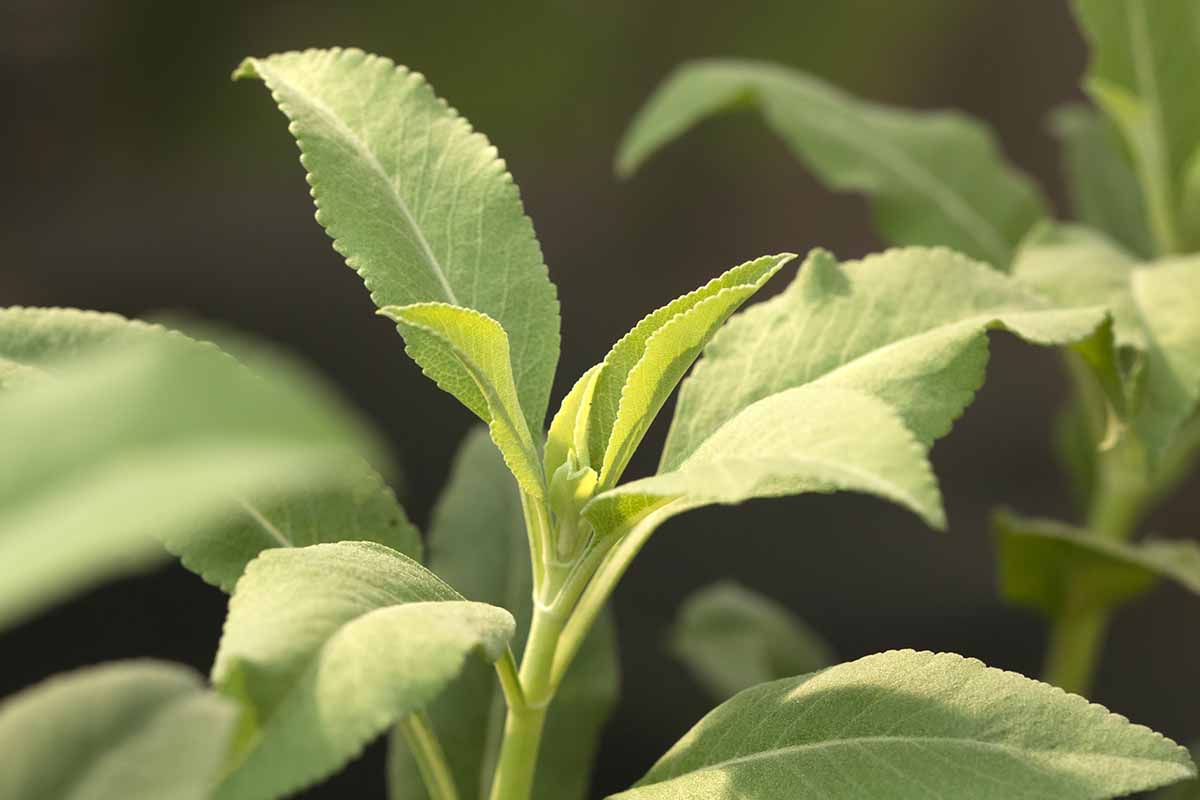
White sage is native to Southern California and its range extends south to Baja California in Mexico.
When it’s not in bloom, the sun-loving shrub can reach three to four feet in height. While in bloom during spring and summer, it can grow up to 10 feet tall with a spread of up to six feet.
Because of the overharvesting trend to meet international market demands and the increase in natural habitats being destroyed for development where S. apiana thrives, the United Plant Savers have listed white sage as an at-risk species.
The United Plant Savers’ definition of at-risk recommends that plants within this category be used in cultivated forms whenever possible. In some cases, strict guidelines at federal, state, and local levels exist to restrict harvesting at-risk plants in the wild.
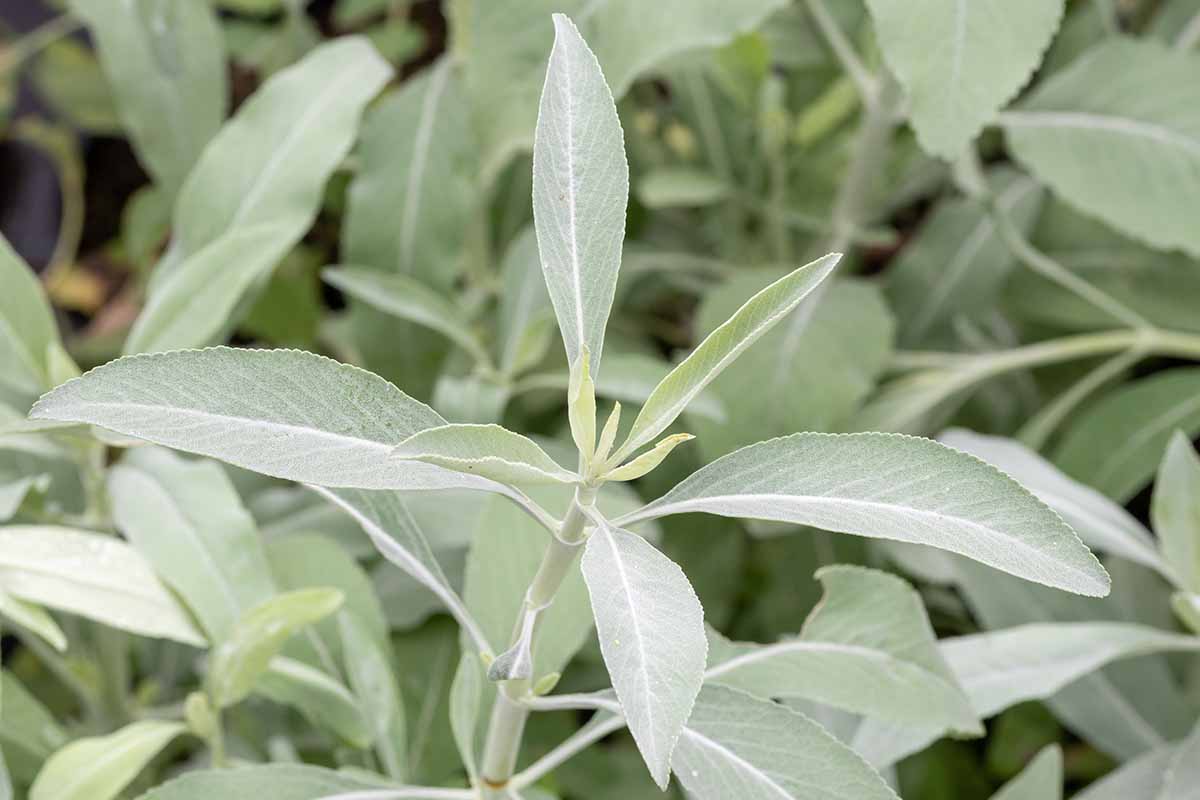
It is essential to acknowledge that white sage holds special significance for many Indigenous communities, including the Acjachemen, Chumash, Cahuilla, Kumeyaay, and Tongva or Gabrieleno.
For generations, these communities have utilized the plant for nourishment, healing, and ceremonial purposes, and they maintain a strong connection to the herb through their history and traditions.
White sage is viewed as a relative by many Indigenous peoples, and as such, it holds a deeper level of meaning beyond its practical uses.
White Sage Propagation
A sense of joy and accomplishment comes with cultivating a plant from a seedling to a fully mature shrub.
You can create a thriving white sage haven with patience and care from seeds or cuttings.

If you’re new to growing white sage, we’ll help you to get started, avoid common mistakes, and ensure your plant thrives.
S. apiana can be propagated from cuttings, however, starting from seed has a higher success rate.
So, remember to save some seed to grow more! By following our tips you’ll be well on your way to cultivating your own.
From Seed
Once you have your seeds, you’re ready to start planning out your sowing.
White sage can sometimes take some time to germinate, one to three weeks when kept in a sunny, 70 to 85°F space.
Since germination rates are also low, close to 50 percent, I suggest starting several seeds for each plant you hope to grow, to increase your chances of success.
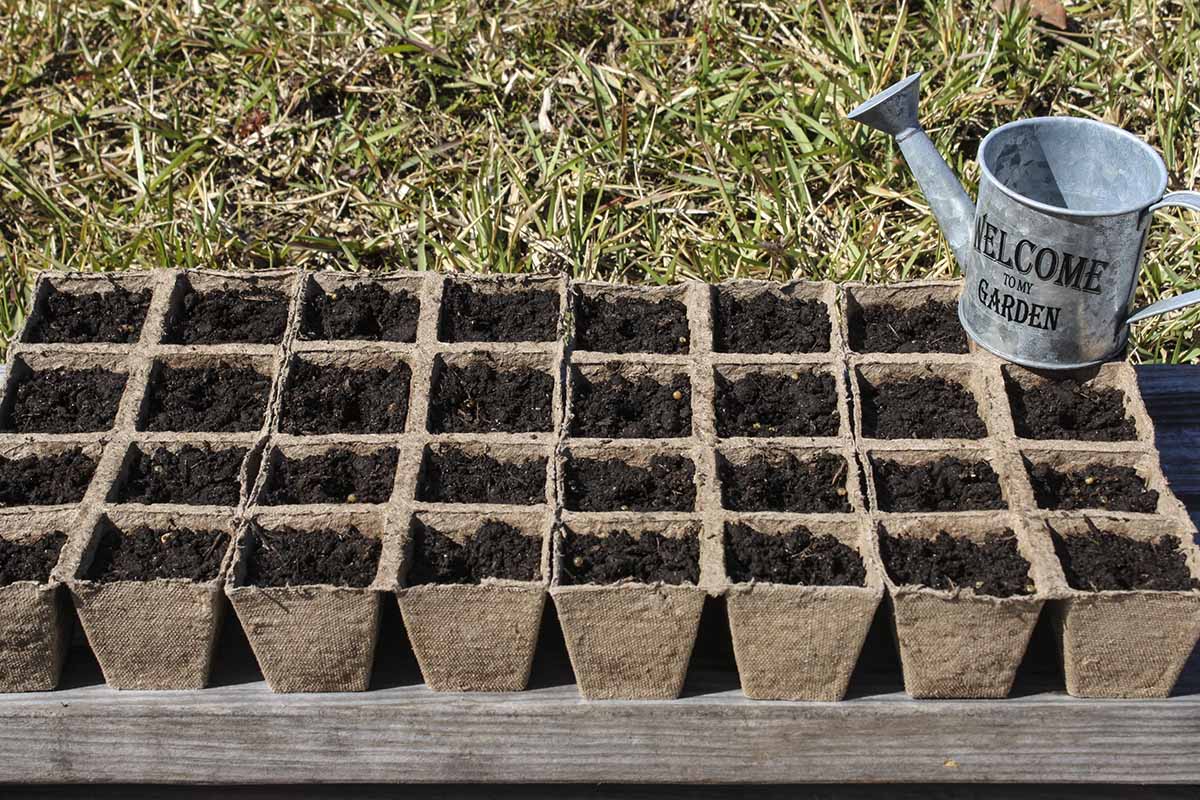
Before sowing your seeds, you’ll want to scarify them. Lightly scratch them with sandpaper, and soak them overnight in water.
You can start your seeds outdoors in early fall if you live in a warmer climate.
This will give the seed warm late summer temperatures to germinate and enough time to establish roots through the winter and spring to be ready for the summer heat.
Simply scatter the seeds in your desired sunny location, sprinkle soil lightly over them, and then gently pat them in.
Since these seeds are germinating unprotected outdoors, the wildlife might enjoy eating them, so scatter enough for them as well as for your future plants.
Be sure to place a marker where you spread them, so you know where to keep the soil moist.
These copper perennial markers from Gardener’s Supply come in a pack of 10 and can be reused.
If you plan to sow your seeds in pots or trays, you can start them outdoors in fall or spring in full sun.
It’s important to note that transplanting during the fall is ideal in regions with scorching summers.
In such areas, if you start your seeds in the fall, you should wait until the following fall to transplant them. However, if you reside in a cooler climate, you can transplant them safely in the spring without having to nurture them through an extreme summer.
Begin by filling small pots or a seed tray with well-draining seed-starting soil. Place your seeds on top of the soil, gently cover, and pat them in.
Maintain the moisture of your growing medium until you see the first few leaves. Once there are a few leaves, you know the roots are also developing. To avoid oversaturating the roots, allow the soil to dry completely before watering again.
From Cuttings
Most people have higher success rates propagating seed, so I suggest that approach, especially if you have attempted rooting cuttings and were not successful.
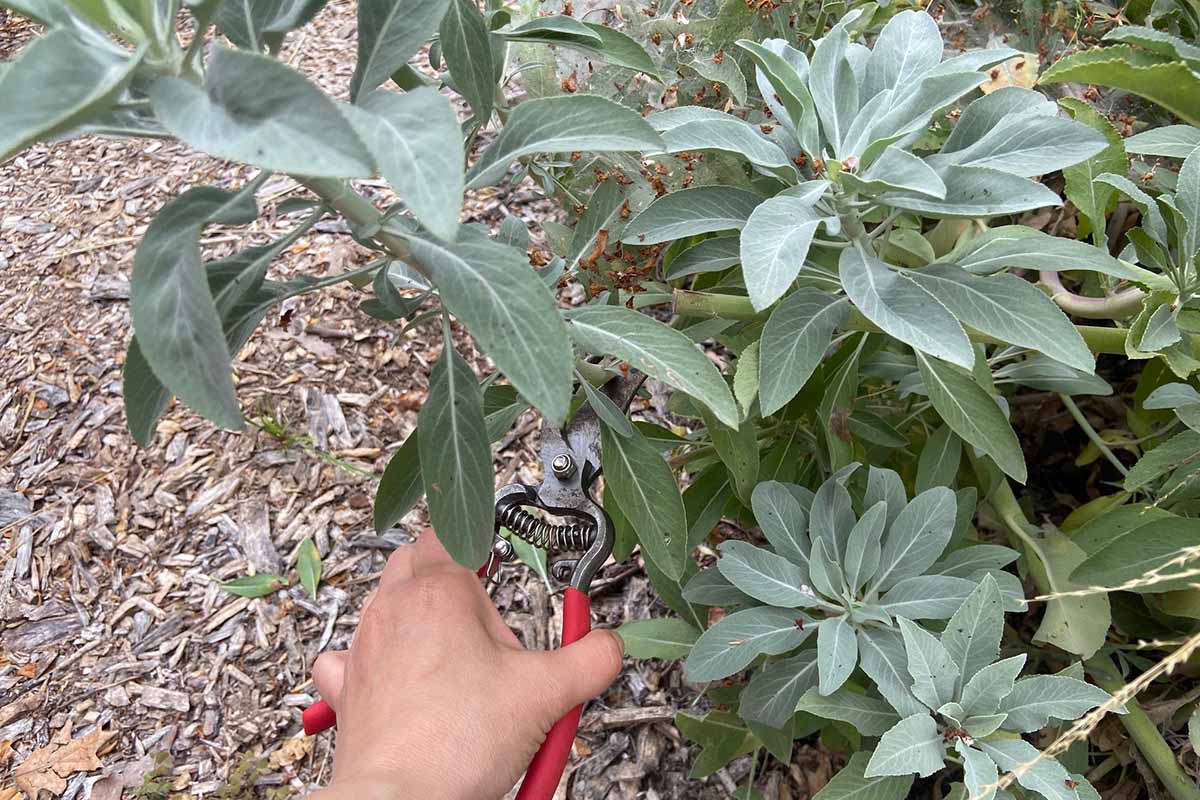
To improve your chances, consider using a rooting hormone gel, and know that it may take a little over a month for roots to develop and new leaves to emerge.
Start out by gathering cuttings from an existing plant. It’s essential to ensure that the cuttings have a few leaves and that the bottom of the stem is cut at an angle.
This will help the plant to absorb water and nutrients more easily.
Once you’ve obtained your cuttings, you’ll need to prepare them for planting. This is when you can apply rooting gel if you’re taking that route. Or you could be resourceful and use nature’s chemicals instead by making your own willow water rooting hormone.
You let your cuttings soak in the water prior to planting and you could then use the infusion to water them.
A book called “Garden Alchemy,” by Stephanie Rose, has the recipe and directions for making your own willow water along with many other recipes and concoctions for your garden.
You can purchase a copy at Amazon.

After preparing the cuttings, plant them in a well-draining pot filled with potting mix.
You can cover the pot with a plastic bag to create a humid environment that will promote root growth. Keep the soil moist but not waterlogged.
Place your container in indirect sunlight. Once you see new leaf growth, you can begin to expose them to full sun.
Take it slow as you introduce them to hotter and brighter conditions by increasing the hours spent in direct sun over the course of a week until you reach six hours, which is the minimum they require. This process is known as hardening off.
From Seedlings/Transplanting
Once the plant has set out some leaves, you can transplant to a larger pot where it can mature before being planted into its permanent home, whether in ground or in an even larger container.
Fall is the best time for transplanting these shrubs outdoors.
Consider planting your Salvia in an area that gets extra sunlight, even if that’s reflected sunlight from a nearby structure. This will help them thrive in cooler environments, especially during the winter.
To ensure optimal growth, I recommended planting white sage in full sun and spacing the plants four to six feet apart. Be sure to bury the top of the root ball so it’s even with the soil line.
This perennial is adaptable to a range of soil types, and prefers a soil pH of 6.0 to 8.0.
How to Grow White Sage Plants
Like many other sages, this one is easy to grow!
The plants can flourish all summer long without any water, sustaining themselves from the water they received in prior seasons.
If you want to spoil them, they can take a monthly watering, especially in extreme drought conditions and if they are still young plants establishing themselves.
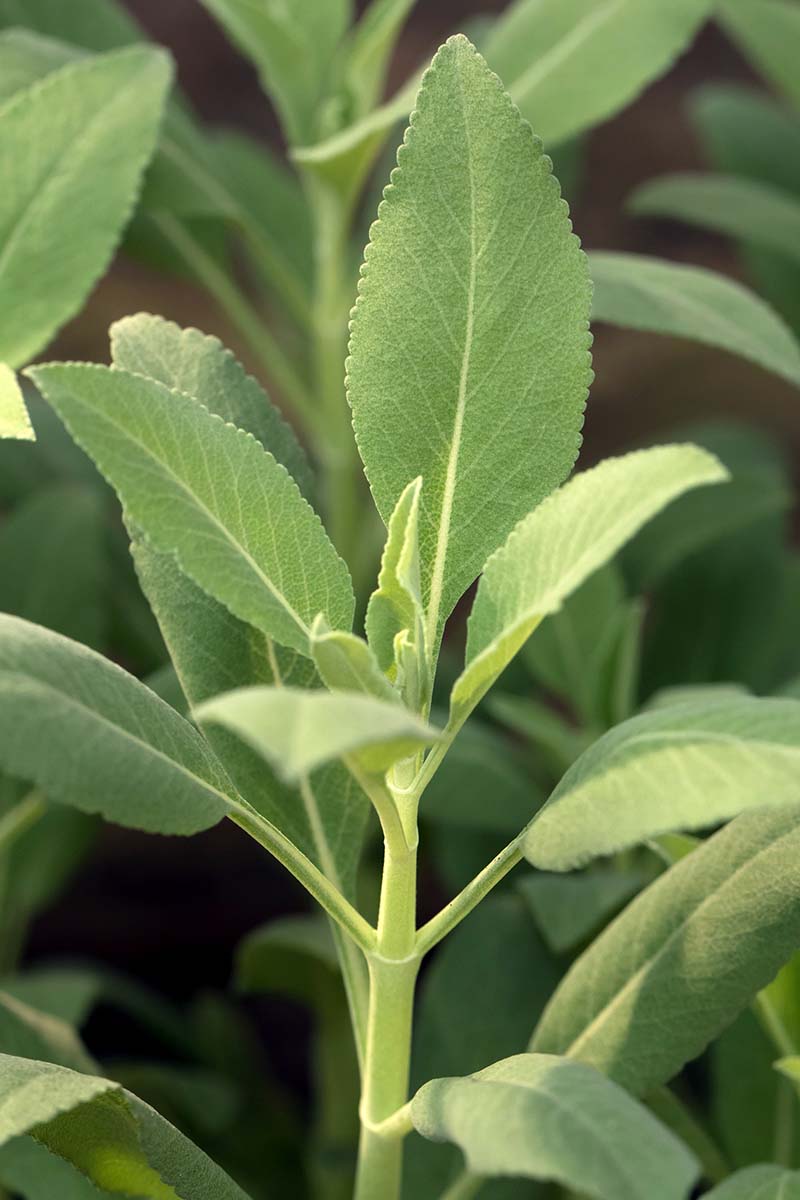
Just make sure they aren’t being watered too much and that they receive enough sunlight to thrive – that’s it.
You don’t need to worry about the application of any fertilizers since native plants thrive without them.
This is the type of perennial that just thrives once you give it the proper place. It can take up to three years to reach its mature size.
Growing Tips
- Ensure plants are receiving enough sunlight to thrive.
- Water once a month when the plant is still young and getting established.
- Once established, water only in extreme drought conditions when needed.
Pruning and Maintenance
The plant can grow fast during the summer and may need pruning back after flowering.
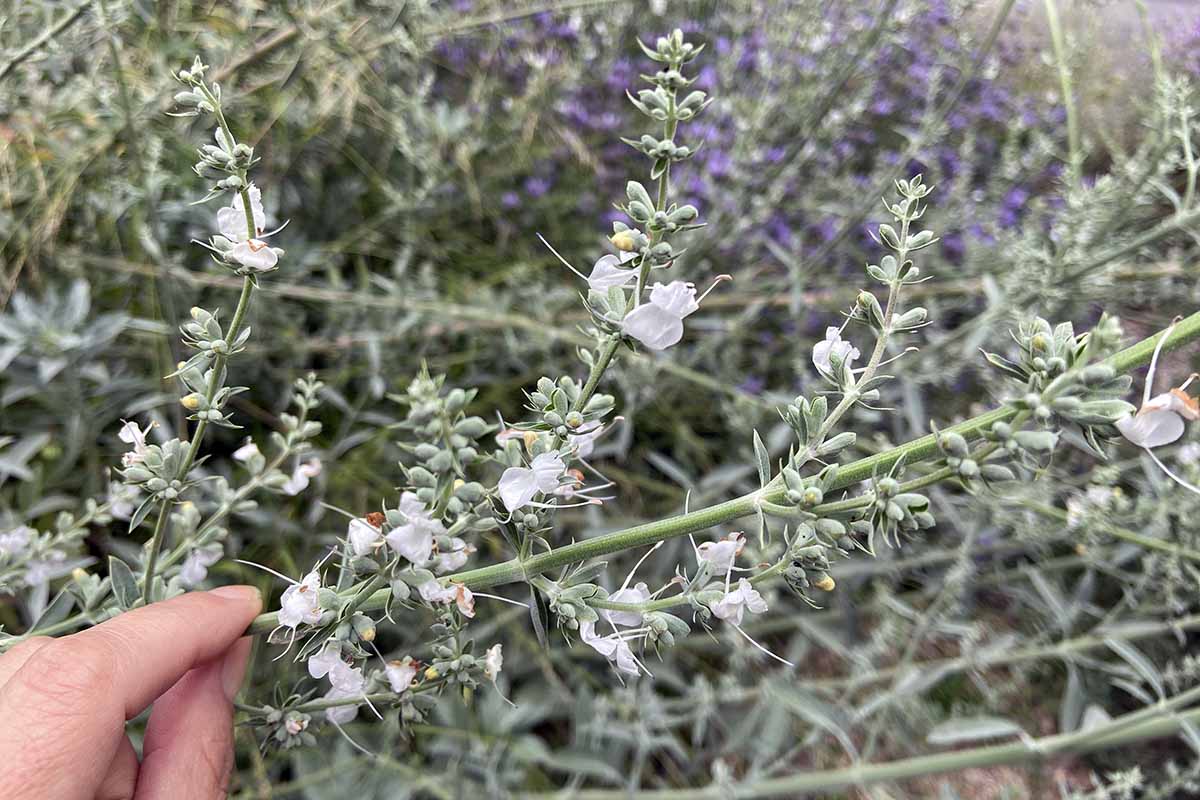
I like to wait for the birds to enjoy the seed in fall, and once I see they are no longer visiting the shrub, I’ll cut down the seed stalks. Be sure to save some seed if you want to grow more!
Surrounding the base of the plant with a deep mulch during winter in colder climates will help keep it warm and dry, which is crucial for the plant’s survival.
Where to Buy
It can be tough to find white sage plants for purchase online, but most native plant nurseries carry S. apiana.
These shrubs are often kept in the medicinal plant section of a nursery that doesn’t specialize in native plants, due to their medicinal properties.
Visiting your local native plant nursery is a great way to learn from experts, ask questions, and learn about other plants that complement white sage.
White sage seeds sourced from Clackamas River Herb Farm are available from Earthbeat Seeds. You get 50 seeds in each packet.
Managing Pests and Disease
It is important to be aware of the few pests and diseases that can potentially harm white sage.
Fortunately, these issues are quite common and can easily be prevented or managed with the right care and attention.
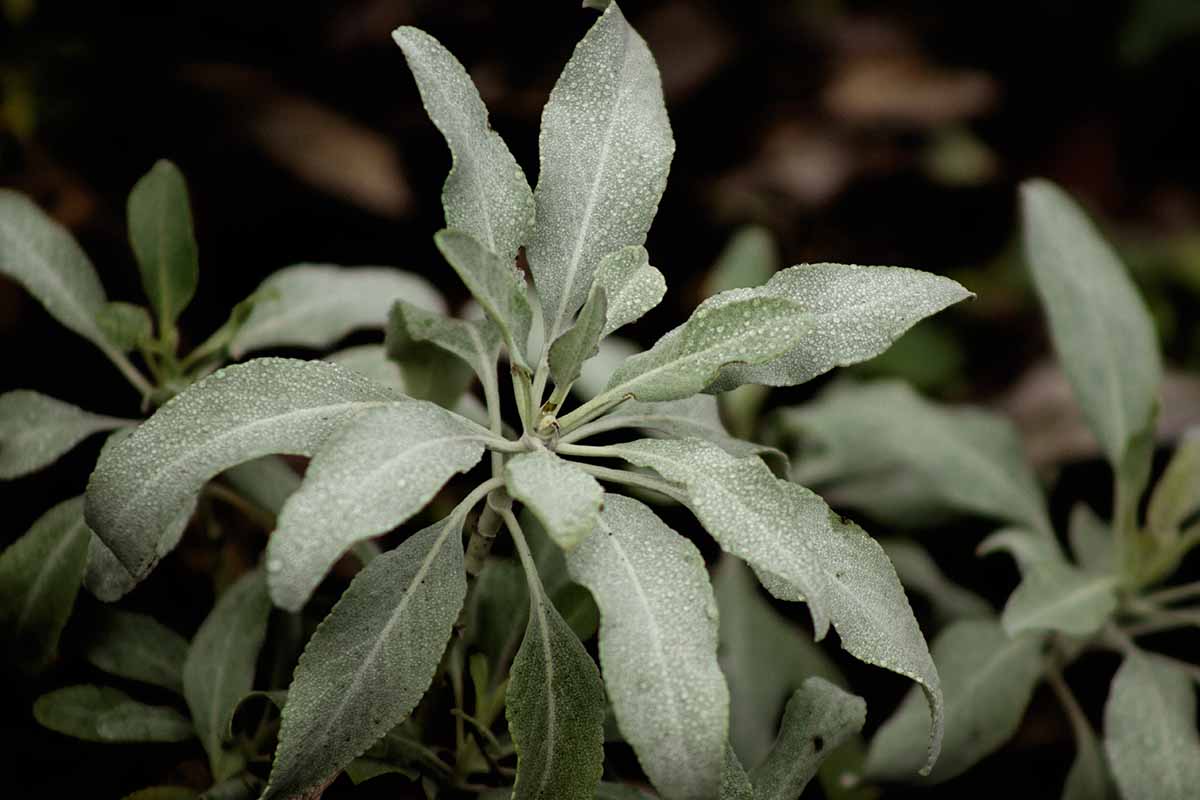
By being vigilant and taking the necessary precautions, you can help ensure that your plant remains healthy and vibrant for years to come.
Insects
Although I have not personally encountered any problems with pests, it is crucial to identify the most common culprit that can harm this plant.
So, let’s discuss some fundamental techniques to prevent infestation.
Aphids
If you spot tiny insects on the new growth or undersides of leaves that are leaving behind honeydew and causing sooty mold growth, it may be aphids (Aphidoidea).
Don’t worry, you can manage the infestation by spraying the affected plants with a hose. Even if the plants are damaged, they will recover quickly.
For more information on how to control aphids, please refer to our guide.
Disease
You can avoid most issues by following the growing tips provided, but some may still occur.
It’s important to make sure your plants have good airflow and that you’re not overwatering or adding needless fertilizer.
Root Rot
If you notice your plants drooping or developing yellow leaves, it could be due to root rot, a common disease that affects even strong shrubs.
To prevent this from happening, it’s essential to take preventive measures. When watering the plant, ensure water doesn’t get on the crown.
Native sages don’t thrive in waterlogged soil, so proper drainage is vital in avoiding this harmful ailment.
You can reduce the risk of root rot by following good cultural plant care practices, such as preventing overwatering and ensuring the soil has adequate drainage.
Rust
If you notice yellow or white spots on the top of leaves, or orange spots on the bottom, don’t worry – it could just be rust, a fungal disease that’s easy to manage.
To help your plant recover, remove the affected leaves and avoid watering from overhead. With a bit of attention to watering tactics, your shrub will continue to flourish!
Best Uses of White Sage Plants
This versatile perennial is a great addition to pollinator gardens, drought-tolerant gardens, or native plant gardens.

If you’re looking to create a chaparral or coastal sage scrub garden, consider using S. apiana as your staple plant. Plus, it’s a must-have for birding enthusiasts who want to create a wildlife habitat garden.
Not only is this shrub amazing for the ecosystem, but it also adds a beautiful scent to your garden. When brushed against or after rain, the leaves release a refreshing and calming aroma.
If you’re culturally connected to this plant, you can now tend and gather sage for your smudge sticks.
I enjoy my homegrown white sage by using the trimmings when I prune plants and sharing them with friends. I’ll gently rinse the leaves and let them completely dry before storing them in an airtight container for later use.
Using the herb in my culinary recipes brings me a comforting sense of place from the first taste. I’ve used this herb mostly in baking, and a little goes a long way!
The flavor is stronger and more camphoraceous than culinary sage.
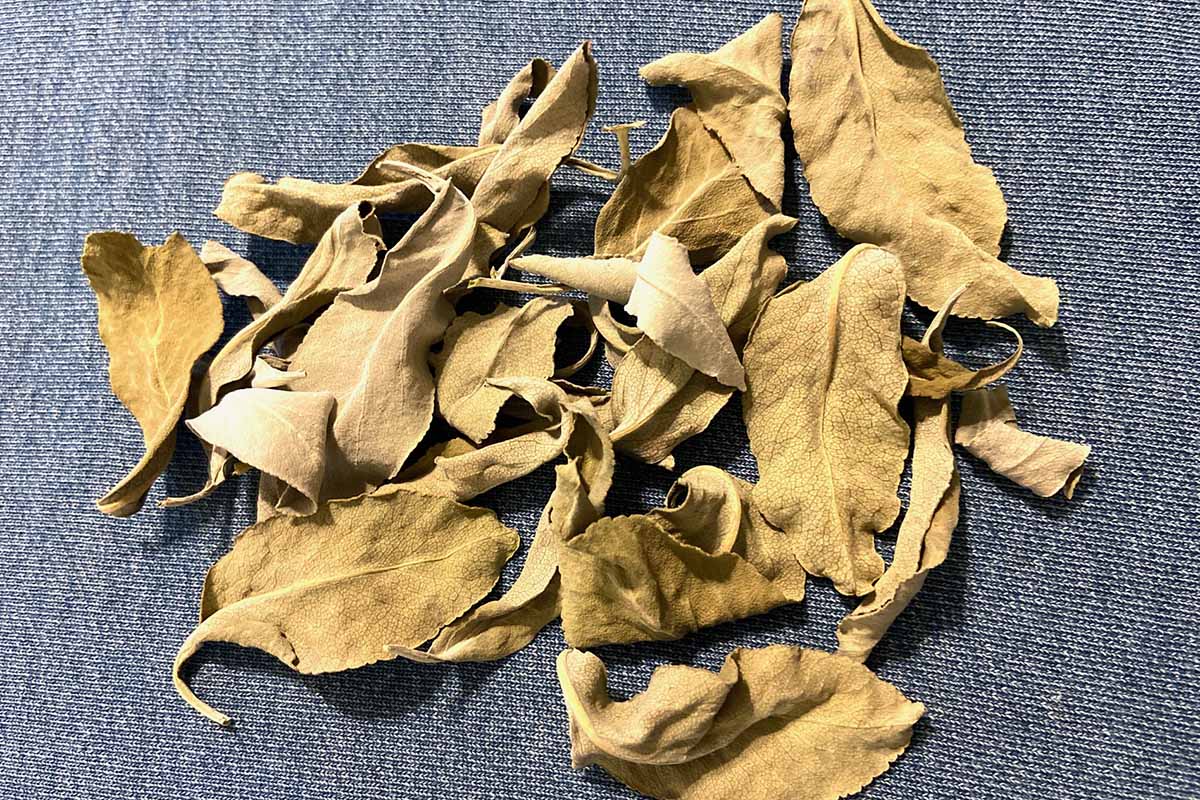
Thanks to the high amount of volatile oils in the leaves, they are amazing to use as an herbal steam! Crumble up just a few dried leaves and stems and place them in a heat-safe bowl, then pour hot water over them.
You’ll notice steam rising from the bowl. Take a whiff of the aroma. If you enjoy it, breathe it in.
If you want an even better steam experience, lean into the bowl, place a towel over your head, and tuck the towel ends so that you are enclosed with your herbal steam.
Herbal steams have a plethora of benefits! A white sage steam can help open and calm your mind while supporting respiratory conditions and facial tissue.
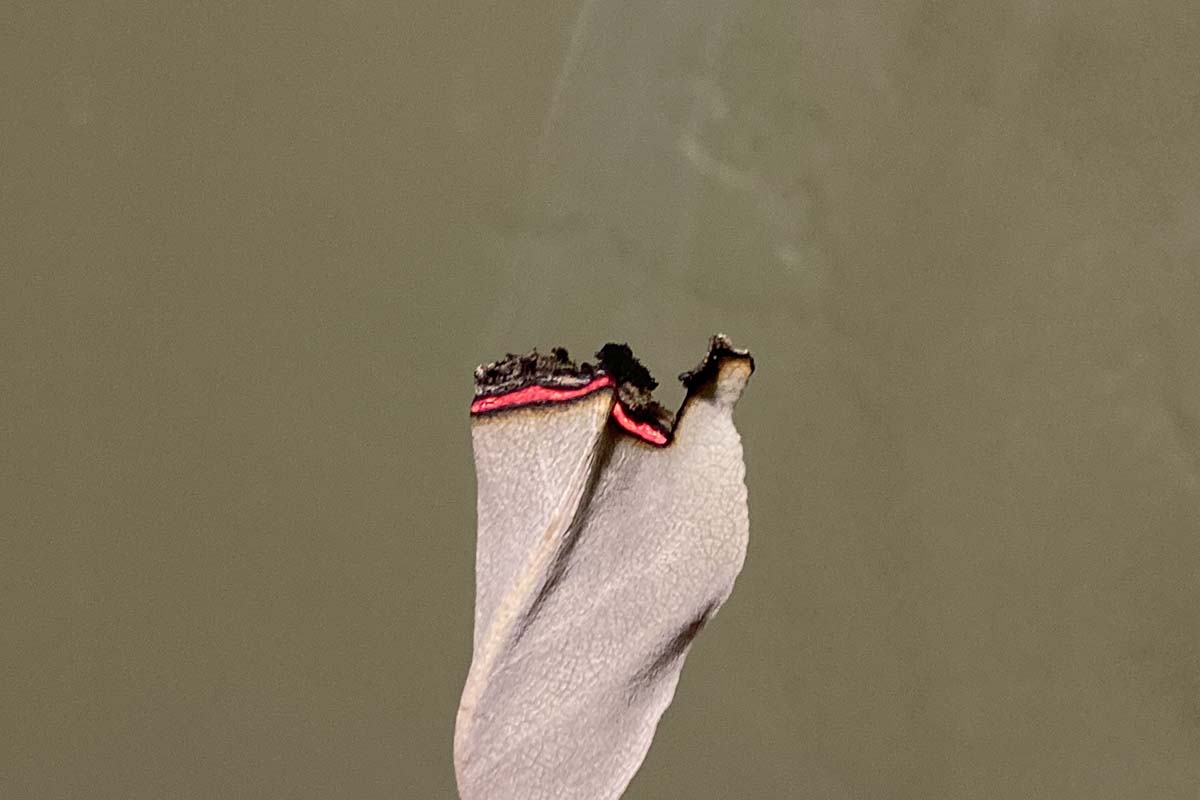
Using the dried herb as an herbal incense allows you to experience its powerful scent in the form of smoke.
Burning one dried leaf at a time or grinding the leaves and stems into a powder you sprinkle over charcoal are two methods of ethically burning this herb.
Quick Reference Growing Guide
| Plant Type: | Woody perennial shrub | Flower/Foliage Color: | White, light purple/silvery whitish-green |
| Native to: | Southern California and Baja California | Maintenance: | Low |
| Hardiness (USDA Zones): | 8-11 | Tolerance: | Drought, heat, poor soil, slopes |
| Bloom Time: | Spring-summer | Soil Type: | Sandy |
| Exposure: | Full sun | Soil pH: | 6.0-8.0 |
| Time to Maturity: | 2-3 years | Soil Drainage: | Well-draining |
| Spacing: | 4-6 feet | Attracts: | Bumble bees, butterflies, carpenter bees, hummingbirds, other bees, moths, songbirds |
| Planting Depth: | Surface (seeds), top of root ball even with soil line (transplants) | Companion Planting: | Black sage, bricklebush, brittlebush, buckwheat (Eriogonum spp.), California poppy, chamise, Cleveland sage, lupine, sagebrush, saltbush |
| Height: | 3-4 feet | Uses: | Aromatic garden, chaparral or coastal sage scrub garden, drought-tolerant garden, native plant garden, pollinator garden, wildlife habitat garden |
| Spread: | 4-6 feet | Family: | Lamiaceae |
| Water Needs: | Very low | Genus: | Salvia |
| Common Pests and Disease: | Aphids; root rot, rust | Species: | Apiana |
A Shrub for the Local Pollinator Club
Adding this aromatic Salvia to your garden will bring you immense pleasure and entice a diverse range of pollinators. If you have the room, why not plant more than one?
They look stunning when placed in clusters with other plants they typically grow with in their natural habitat.
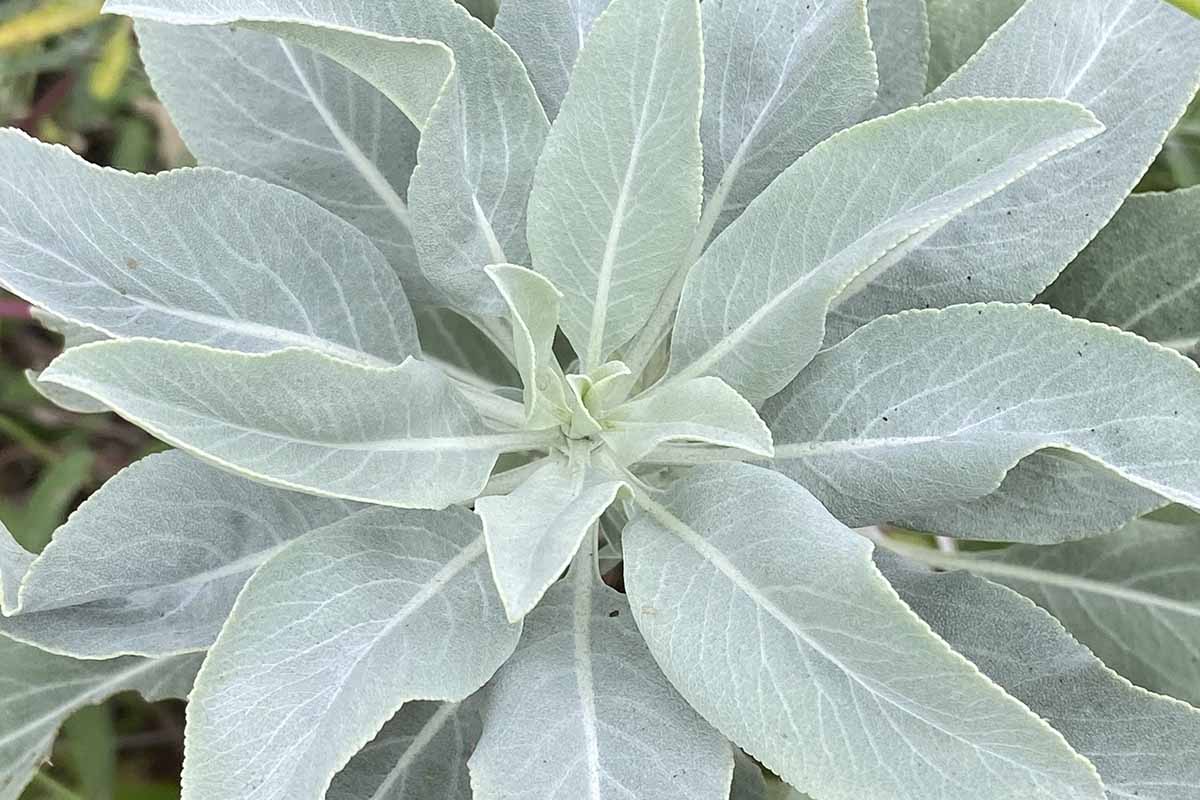
Cultivating this herb in your garden reinforces the shrub’s ability to grow within its natural range and beyond.
Are you considering adding this stunning water-wise perennial to your landscape? Tell us all about it, and don’t hesitate to ask questions or offer any useful advice by leaving a comment below.
And for more information about growing other types of sage in your garden, check out these guides next:

